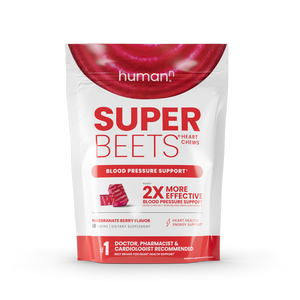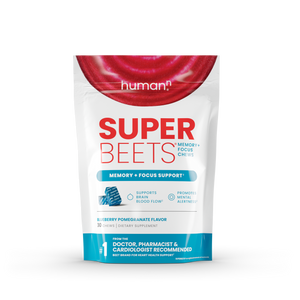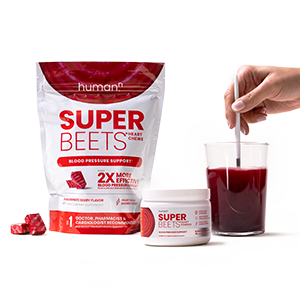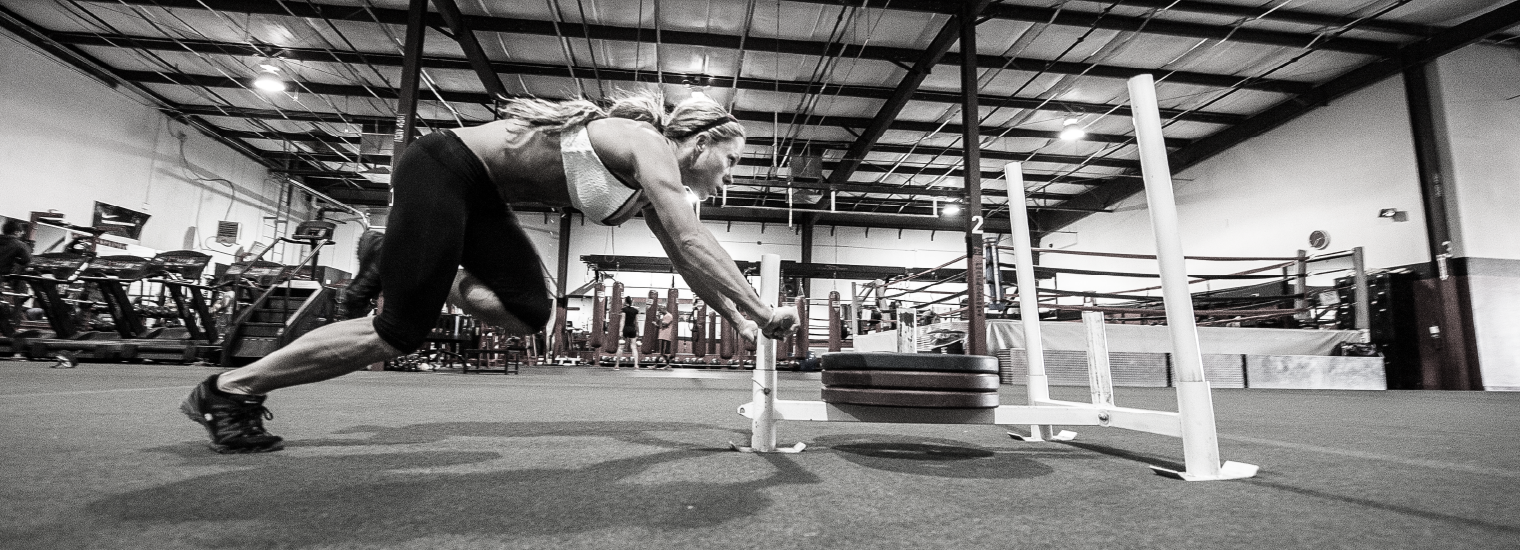If you are here, you know Amelia Boone. 2016 has been a year of reflection, as Amelia has been injured for the most part, but that has not kept her from continuing to be one of the brightest ambassadors for the sport. She will not be able to write a recap of her WTM experience as she has in the past, so she took the time to create a comprehensive tips/tricks/thoughts piece for all of us to benefit from come race day. Take it away Amelia.

It’s World’s Toughest Mudder week – the sixth running of the most special race to me – the race that forever changed my life.
Spending a year on the sidelines has been challenging – physically, mentally, and emotionally, but nothing is as tough as not defending my title at WTM. But as I’ve said over and over again, while it might tear my insides out, I won’t ever miss this race. So while my wetsuits will remain packed away (still smelling of the Jersey mud, might I add), I will happily be trekking to Vegas to help out in a myriad of ways.
Needless to say, I’m SO excited to share in the WTM journeys of fellow athletes – from the veterans that I first ventured out with in the Jersey cold six years ago (Hi Four Eyes!!) to the brave souls making their first entrance. And regardless of whether this is your first WTM mile or your 300th WTM mile, from experience I know that nerves are at an all-time high this week.
So while I don’t proclaim to be an expert (just a lucky athlete who has blundered her way into a few WTM victories), here’s the thoughts/tips/tricks that run through my mind before every WTM. Many of these have been logged in various blog posts of mine, but no one has time for that. Since I can’t really use them this year, I hope maybe some out there can:
(1) If you are cold, it’s too late
Whether you like to admit it or not, WTM can be a war of attrition, and the greatest enemy is the cold. Number one mistake people make? Putting on their wetsuit once they start to get cold. You must, absolutely MUST put on your wetsuit while you are still warm. Put it on before dark, folks. You may roast your nuts off for a lap, but that’s easy to deal with. A wetsuit isn’t going to work if you have no body heat to begin with. I threw mine on after the first lap last year (given the 2pm start time and 5pm sunset), and folks looked at me like I was nuts. Many of those folks later dropped out due to hypothermia. Got it? Good.
(2) Put a name on your bib people will recognize
At 3am, covered in a wetsuit, we all look alike (and yes, I’ve forgiven everyone from 2012 that kept calling me a dude all night long). What is recognizable, however, is the name on your bib. And when you are tired, cold, and lonely on Swingers at 4am, nothing is more uplifting than a fellow athlete or friend calling your name. People always ask what keeps me sane during WTM – honestly, 90% is chatting with the other athletes. And if you have some random nickname that no one knows on your bib, it’s going to be harder for people to recognize you. Make it easy to make friends. ID yourself. You’ll thank me later.
(3) Run your own race
People will go out hard. And unless your goal is that green Sprint Lap bib (GODDAMIT THAT WAS MY GOAL THIS YEAR – one bib I haven’t gotten), don’t go with them. WTM isn’t won in the first few hours, or even the first 16 hours. Last year I apparently freaked people out with how far “behind” I was for the first 8-12 hours. It started to eat at me at points, but I kept running my race, knowing that the back half of the 24 hours is where it counts. Set a plan based on your strengths. Stick with it. And when it falls apart (because it will, no doubt), readjust, but don’t panic. The beauty of this race is that there is plenty of time. And you want to be fresh as a daisy at hour 22.
(4) Use the first few laps to get into the rhythm of the course
This is a trick to help both physically and mentally. Physically, grip strength is going to go quickly, especially as temperatures dip and fatigue and numbness sets in. Plot the course in your head and know when grip-intensive obstacles are coming up. Use that time to slip on gloves between to warm up your hands (I always take them off for obstacles – stuff them down the neck of my wetsuit), and/or to shake out your forearms and hands.
Mentally, plotting out the course gives you checkpoints and a nice cadence. I find it keeps me mentally focused when I picture the next obstacle coming up, and focus on mini-goals of checking off each one on a lap. If you have an especially fear-inducing obstacle (say, the Cliff, or for me, anything electrified), give yourself a mini-celebration each time you complete it.
(5) Non-negotiable gear items
I’m sure you’ve seen a million lists, but here are the stripped down essentials of mine:
- wetsuit, full 3/2 (scuba, not triathlon)
- jacket/hood, 5mm
- compression leggings and long sleeves as a base layer
- several pairs neoprene gloves
- buff
- motorcycle goggles
- several beanies (wool preferably)
- Injinjis with smart wool socks over
- handwarmers thrown in sleeping bag (shake a bunch up pre-race, throw them in, just in case you need to heat up quickly. See this post for how this can save you)
- Aquaphor (the chafe and windburn are real)
- a camping chair or bucket to sit on to change (I usually get a 5 gallon bucket and just turn it upside down)
(6) Give yourself some quiet time pre-race
This is a toughie. The WTM start line is chaos in the best kind of way – thousands of people milling around in tents, chatting out last minute nerves. I usually retreat to my tent at least 30 minutes before starting line time, and check off last minute items: shoot some BeetElite, separate out nutrition piles in logical order, RockTape problem spots, and hydrate, hydrate, hydrate.
(7) Pit crews are fantastic, but don’t rely on them
I’ve never had an “official” pit crew, though many “unofficial” ones have helped me in the past years (thank you Gina, Kara, Cassie, Ehsan, Ken “Father Mudder” Jacobus, Tracy & the orphan tent, Joel Gat, Todd Seedlick, and all others whose generosity I’ve forgotten). So I’ve prepped for every race like I can only depend upon myself, and I highly recommend it. Because who is to say you won’t roll into the pit at 2am and your crew member is off trying to pee in the porta-potty. You NEED to be self-sufficient. Know where your shit is. Line up everything (headlamps, food, etc) yourself, so you aren’t fumbling around in the dark without a clue where things are.
Personally, I always organize with two large Rubbermaid containers – one has all my changes of clothes, one has my food. Stuff sacks are color coordinated to contain various things (one for first aid, one for socks, one for shoes, etc). I hang a lantern from the top of my tent so I always have light when needed.
Set it up in a way that, if you had to be entirely self-sufficient during the race, you can do so.
(8) Make pain your friend and don’t panic
It’s going to hurt out there. I don’t care if you are Ryan Atkins superhuman, SOMETHING is going to hurt at some point, and if you are like me, something is probably hurting for the entire 24 hours. The absolute worst thing you can do when you feel pain coming on is to panic and fight it. Instead, I use the mental technique of making friends with my pain – I talk to it, say “hello, you little nasty friend”, and figure out how we can get through it. Does it mean stopping to stretch something out? Or slowing my gait to a walk for a bit? Maybe I need to adjust my nutrition. But the number 1 rule is to problem-solve out there – be proactive, instead of reactive. In general, I’ve found that there is very little you can’t work through (broken bones and other catastrophic injuries aside).
(9) Don’t be a dick
I’m a broken record on this one, as I feel like it’s equally applicable to life and to racing: at the end of the day, people won’t remember how many miles you ran or your placement, what they’ll remember is how you treated everyone out on the course. And at a race like WTM, community takes precedence over everything else. I get it – it’s a long race and we all have our dark moments – there have been plenty of times where I’ve screamed and cried in frustration, sadness, and pain. But there’s no need to take that out on fellow competitors, volunteers, or race staff.
(10) Smile. Be grateful.
In 2014, I was in a world of hurt during the final laps of WTM. 8 weeks off of knee surgery, I had no business being there, and we’d later find out that I tore a glute med, a hip flexor, and broke my tailbone during the race. Moving my right leg was excruciating, but I had 5 miles to go. In the depths of that pain (and with some company of extraordinary individuals), I smiled and grimaced my way to the end, trying to focus on how lucky I was to even be out there.
Coming off of a year of injury, I’m realizing, more and more every day, the power of gratitude. Of being thankful for the movement, for the experience, and of the people around you. So when it gets tough out there, and it will, take a step back. Rechannel your energy. Results don’t matter. Memories do.
Now go crush it. I’ll be there, cheering you on. – Amelia Boone
And in case you need more World’s Toughest Mudder reading, here’s a collection of my blog links relating to the race, going back to the beginning:
- http://www.ameliabooneracing.com/blog/uncategorized/worlds-toughest-mudder-2015-revolution/
- http://www.ameliabooneracing.com/blog/uncategorized/coming-home-worlds-toughest-mudder-2014/
- http://www.ameliabooneracing.com/blog/uncategorized/worlds-toughest-mudder-2013-and-it-wont-change-a-thing/
- http://www.ameliabooneracing.com/blog/uncategorized/wtm-commandments-revisited-one-year-later/
- http://www.ameliabooneracing.com/blog/uncategorized/day-after-worlds-toughest-mudder-hangover/
- http://www.ameliabooneracing.com/blog/uncategorized/how-worlds-toughest-mudder-ruined-my-life/
- http://www.ameliabooneracing.com/blog/uncategorized/the-ten-commandments-of-worlds-toughest-mudder-part-i/















